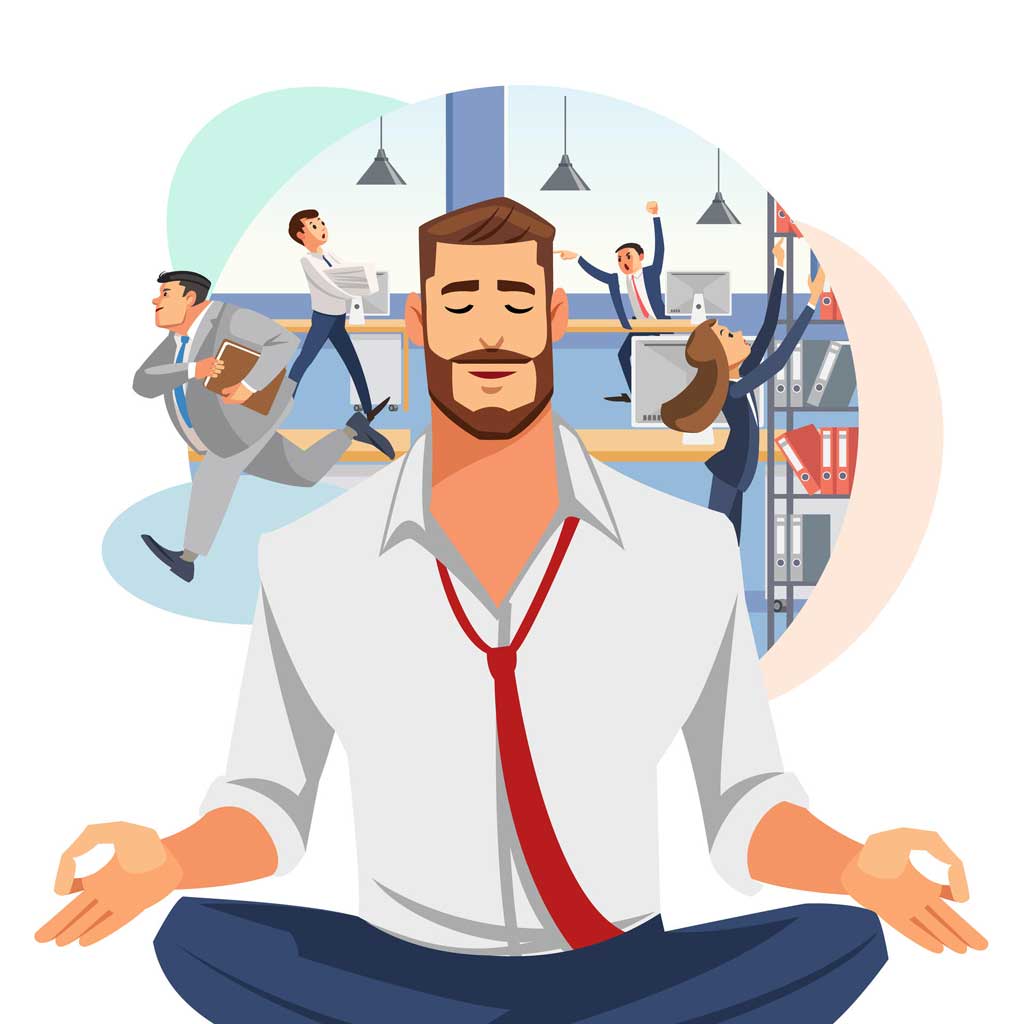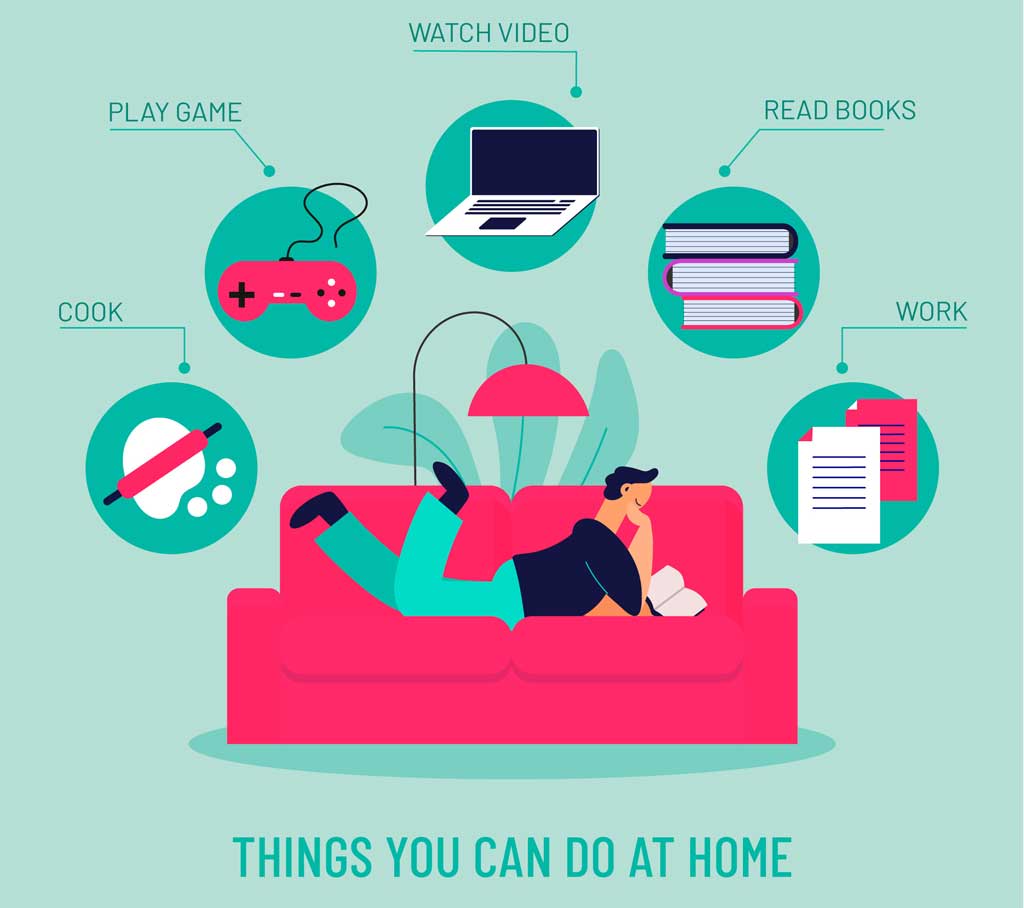Namaste! Are you looking for a way to improve your health and well-being? Look no further than yoga! This ancient practice has been around for thousands of years and is still popular today for good reason. Not only does yoga improve flexibility and strength, but it can also reduce stress, improve sleep, boost immunity, and increase mindfulness. With so many benefits, it’s no wonder that millions of people practice yoga regularly. Whether you’re a beginner or a seasoned yogi, incorporating yoga into your daily routine can have a positive impact on your physical and mental health. So roll out your mat and join us on a journey to better health and well-being with the power of yoga. Namaste!
The Physical Benefits of Yoga Yoga is a great way to improve your physical health. It can help increase your flexibility, strength, and balance, as well as enhance your overall physical performance. This is because yoga is a low-impact exercise that focuses on using your body weight to build strength and increase flexibility. Additionally, many yoga poses are designed to improve circulation and help detoxify your body.
One of the most significant physical benefits of yoga is its ability to reduce pain and inflammation. Studies have shown that regular yoga practice can help alleviate chronic pain, such as lower back pain, arthritis, and migraines. This is because yoga helps to improve posture, which can reduce the strain on your muscles and joints. It also helps to release tension in your muscles, which can reduce the risk of injury and improve recovery time.
Another physical benefit of yoga is its ability to improve cardiovascular health. Yoga poses that involve holding positions for an extended period, such as Warrior II or Downward Dog, can help increase your heart rate and improve circulation. This can help lower blood pressure and reduce the risk of heart disease.
Mental Benefits of Yoga In addition to its physical benefits, yoga is also great for your mental health. It can help reduce stress, anxiety, and depression, as well as increase mindfulness and improve your overall sense of well-being. This is because yoga focuses on breathing techniques and meditation, which can help calm your mind and reduce the effects of stress on your body.
One of the most significant mental benefits of yoga is its ability to reduce anxiety. Studies have shown that regular yoga practice can help reduce symptoms of anxiety, such as nervousness, tension, and worry. This is because yoga helps to regulate your breathing and calm your mind, which can reduce the symptoms of anxiety.
Another mental benefit of yoga is its ability to improve sleep quality. Yoga poses that involve relaxation and meditation, such as Corpse Pose or Child’s Pose, can help promote relaxation and reduce the effects of stress on your body. This can help improve your sleep quality and reduce the risk of sleep disorders such as insomnia.
Spiritual Benefits of Yoga Yoga has a rich spiritual tradition that dates back thousands of years. It is deeply rooted in the Hindu religion and is often associated with the practice of meditation and self-realization. While not all yoga practitioners are religious, many find that yoga helps them connect with their spirituality and improve their overall sense of well-being.
One of the most significant spiritual benefits of yoga is its ability to promote self-awareness and self-realization. Yoga poses that involve meditation and introspection, such as Lotus Pose or Savasana, can help you connect with your inner self and improve your overall sense of well-being. This can help you better understand your emotions and thoughts and improve your overall mental health.
Another spiritual benefit of yoga is its ability to promote compassion and kindness. Many yoga practitioners find that regular yoga practice helps them become more compassionate and kind towards others. This is because yoga promotes the practice of ahimsa, which is Sanskrit for non-violence. By practicing non-violence towards others, yoga practitioners can cultivate a deeper sense of compassion and kindness towards all living beings.
Yoga for Stress Relief One of the most significant benefits of yoga is its ability to reduce stress. Stress is a common problem that affects millions of people worldwide. It can lead to a variety of health problems, such as heart disease, high blood pressure, and anxiety. Yoga is an effective way to reduce stress because it focuses on breathing techniques and relaxation techniques that can help calm your mind and reduce the effects of stress on your body.
One of the most effective yoga poses for stress relief is Child’s Pose. This pose involves kneeling on the ground with your head down and your arms stretched out in front of you. It is a great way to promote relaxation and reduce the effects of stress on your body.
Another effective yoga pose for stress relief is Corpse Pose. This pose involves lying on your back with your arms and legs stretched out. It is a great way to promote relaxation and reduce the effects of stress on your body.
Yoga for Anxiety and Depression Yoga is also an effective way to reduce symptoms of anxiety and depression. Anxiety and depression are common mental health problems that affect millions of people worldwide. They can lead to a variety of health problems, such as insomnia, low self-esteem, and social isolation. Yoga is an effective way to reduce symptoms of anxiety and depression because it focuses on breathing techniques and meditation, which can help calm your mind and reduce the effects of stress on your body.
One of the most effective yoga poses for anxiety and depression is Downward Dog. This pose involves standing on your hands and feet with your hips raised high in the air. It is a great way to promote relaxation and reduce the effects of stress on your body.
Another effective yoga pose for anxiety and depression is Warrior II. This pose involves standing with your feet apart and your arms stretched out to the sides. It is a great way to promote strength and balance and improve your overall sense of well-being.
Yoga for Better Sleep Yoga is also an effective way to improve sleep quality. Sleep is essential for your overall health and well-being. It helps your body repair and rejuvenate itself, and it plays a significant role in your mental health. Yoga is an effective way to improve sleep quality because it focuses on relaxation techniques and meditation, which can help calm your mind and reduce the effects of stress on your body.
One of the most effective yoga poses for better sleep is Cat-Cow Pose. This pose involves kneeling on the ground with your hands and knees on the ground. It is a great way to promote relaxation and reduce the effects of stress on your body.
Another effective yoga pose for better sleep is Legs-Up-The-Wall Pose. This pose involves lying on your back with your legs raised up against a wall. It is a great way to promote relaxation and improve blood circulation, which can help improve your sleep quality.
Different Types of Yoga – Hatha, Vinyasa, Kundalini, and more There are many different types of yoga, each with its unique benefits and focus. Some of the most popular types of yoga include Hatha, Vinyasa, Kundalini, and Restorative.
Hatha yoga is a gentle, slow-paced style that focuses on basic poses and breathing techniques. It is a great way to improve flexibility and reduce stress.
Vinyasa yoga is a more fast-paced style that focuses on flowing movements and breathwork. It is a great way to improve cardiovascular health and increase mindfulness.
Kundalini yoga is a more spiritual style that focuses on breathing techniques and meditation. It is a great way to improve self-awareness and connect with your spirituality.
Restorative yoga is a gentle, slow-paced style that focuses on relaxation and stress relief. It is a great way to promote relaxation and reduce the effects of stress on your body.
How to Start Practicing Yoga – Finding a Studio or Practicing at Home Starting a yoga practice can seem daunting, but it doesn’t have to be. There are many resources available for beginners, such as yoga studios, online classes, and instructional videos. The key is to find a method that works for you and stick with it.
If you’re interested in practicing yoga in a studio, a great way to get started is to find a beginner’s class. Most studios offer beginner’s classes that focus on basic poses and breathing techniques. This is a great way to learn the basics of yoga and connect with other beginners.
If you prefer to practice yoga at home, there are many resources available online. There are many instructional videos and online classes available that can help you get started with yoga. The key is to find a method that works for you and stick with it.
Common Yoga Poses for Beginners There are many yoga poses that are great for beginners. These poses focus on building flexibility and strength, as well as improving posture and balance. Some of the most common yoga poses for beginners include Downward Dog, Cat-Cow, Warrior II, and Child’s Pose.
Downward Dog is a great pose for building strength in your arms and legs, as well as improving flexibility in your hamstrings and calves.
Cat-Cow is a great pose for improving your posture and spinal flexibility. It involves moving between an arch and a rounded spine while on your hands and knees.
Warrior II is a great pose for building strength in your legs and improving your balance. It involves standing with your feet apart and your arms stretched out to the sides.
Child’s Pose is a great pose for promoting relaxation and reducing the effects of stress on your body. It involves kneeling on the ground with your head down and your arms stretched out in front of you.
Yoga Accessories and Equipment While yoga doesn’t require any special equipment, there are a few accessories that can make your practice more comfortable and enjoyable. Some of the most common yoga accessories include a yoga mat, blocks, straps, and a bolster.
A yoga mat is essential for practicing yoga. It provides a non-slip surface for your hands and feet, as well as cushioning for your joints.
Blocks and straps are great for beginners who may not be as flexible as more experienced yogis. They can help you achieve proper alignment and make poses more accessible.
A bolster is a great accessory for restorative yoga and relaxation poses. It provides support for your body and can help you relax and release tension.
Yoga Retreats and Vacations If you’re looking for a more immersive yoga experience, a yoga retreat or vacation may be just what you need. Yoga retreats and vacations are a great way to connect with other yogis and deepen your practice.
There are many different types of yoga retreats and vacations available, from intensive workshops to more relaxing getaways. Some retreats may focus on a specific type of yoga, such as Kundalini or Restorative, while others may offer a variety of styles.
Conclusion – The Importance of Incorporating Yoga into Your Daily Routine Incorporating yoga into your daily routine can have a significant impact on your physical and mental health. It can help improve your flexibility, strength, and balance, as well as reduce stress, anxiety, and depression. Additionally, it can promote better sleep quality, improve cardiovascular health, and increase mindfulness.
Whether you’re a beginner or a seasoned yogi, there are many different types of yoga and resources available to help you get started. By finding a method that works for you and incorporating yoga into your daily routine, you can experience the many benefits of this ancient practice. So roll out your mat and join us on a journey to better health and well-being with the power of yoga. Namaste!











